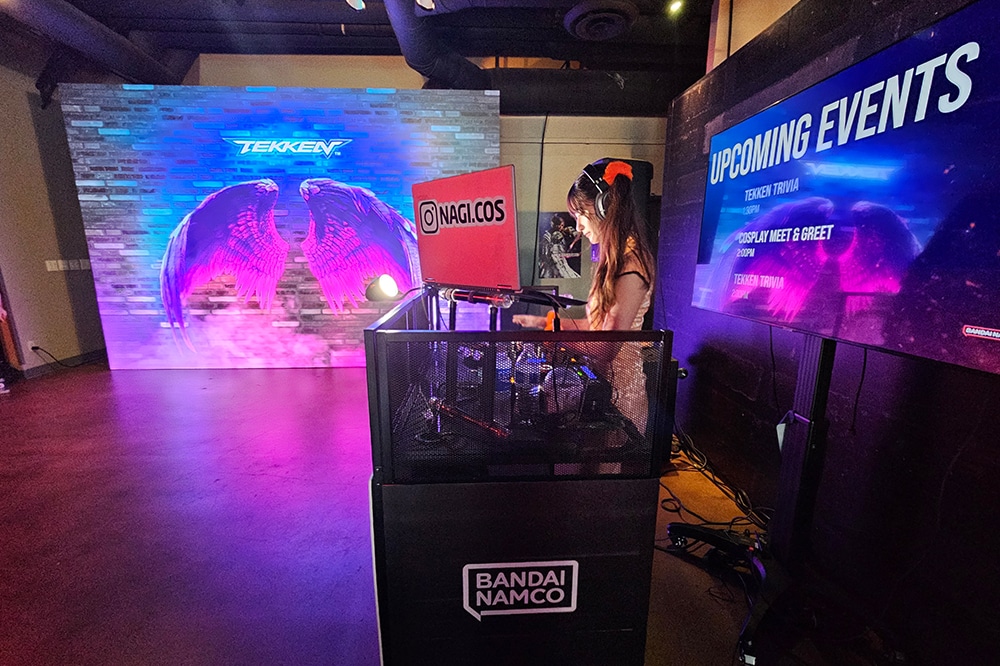Investigating the Crucial Elements That Influence Hue Consistency in Light Emitting Diode Panel Panels for Optimal Display Performance
Investigating the Crucial Elements That Influence Hue Consistency in Light Emitting Diode Panel Panels for Optimal Display Performance
Blog Article
Hue uniformity in LED wall screens is essential for attaining optimal visual performance. light-emitting diode wall screens are commonly used in various settings, including concerts, meetings, and promotional displays. When the hues on these panels are uniform, they create a more captivating and enveloping experience for viewers. Several key elements influence color uniformity, including the caliber of the light-emitting diode elements, calibration processes, and environmental conditions.
The quality of the LED elements plays a major role in hue uniformity. Different types of LEDs produce light at varying wavelengths, which can affect the overall color result. Premium light-emitting diodes are engineered to generate a more uniform light spectrum, resulting in better color accuracy. Additionally, the manufacturing process of these light-emitting diodes can affect their functionality. Panels made with superior materials and technology tend to have fewer color variations, guaranteeing that the shown pictures and footage look lively and faithful to reality.
Tuning is another crucial factor in preserving hue consistency in LED wall screens. Tuning involves adjusting the configurations of the screen to ensure that the colors shown match the desired design. This process can consist of adjusting brightness, contrast, and hue equilibrium. Regular calibration is essential, especially in settings where lighting factors vary frequently. By calibrating the screens, technicians can fix any discrepancies in color output, resulting to a more consistent viewing experience.
Environmental factors also influence color uniformity in LED wall screens. Elements such as surrounding light, temperature, and humidity can affect how hues are seen. For instance, bright ambient light can dull hues, making them look less vibrant. Similarly, harsh heat can affect the performance of the light-emitting diodes, leading to color shifts. To reduce these problems, it is crucial to install LED wall panels in managed settings where illumination and heat can be managed efficiently.
Finally, the design and layout of the light-emitting diode wall panels can affect hue uniformity. The configuration of the panels, as well as the distance from which they are observed, can create variations in color perception. When screens are arranged too distant apart or at varied positions, audiences may detect inconsistencies in color. To Visit Website achieve the optimal optical output, it is crucial to consider the placement and alignment of the screens during setup. By addressing these elements, operators can ensure that their LED wall panels provide a consistent and high-quality visual experience.